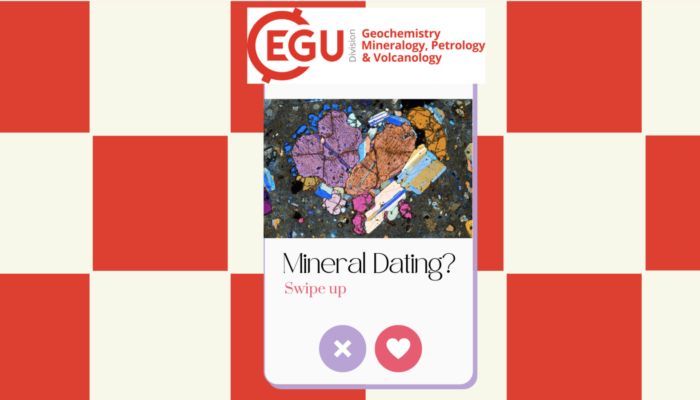The first edition of the Geochemistry, Mineralogy, Petrology and Volcanology Campfires of the 2025/2026 season is right at the door and will take place on Thursday September 25th at 4 pm CEST on Zoom. Our speakers for this edition are: Laura Lünenschloss – 2024 Outstanding Student and PhD candidate Presentation (OSPP) Award, Master student @ University of Tübingen, Germany on: “H2O-v ...[Read More]
GMPV Campfires – call for Speakers
The EGU Geochemistry, Mineralogy, Petrology and Volcanology ECS committee is currently looking for early career scientists to present at and attend our monthly online talk series (EGU Campfires). The EGU Campfires are a free one-hour online seminar consisting of three 10-12-minute talks. These quick-fire presentations give you an opportunity to share your work in a relaxed and friendly environmen ...[Read More]
THE CHALLENGES OF DATING – GEOLOGISTS’ VERSION (part two)
Whether the first four robust candidates for the love of your (geological) life did not match your expectations (if you missed part one, check it here) or you are feeling polyamorous looking for some other options and perspectives, other bachelors/bachelorettes datable phases can be everything you have been looking for. Here are some other minerals used in geochronology, as if they were featured ...[Read More]
THE CHALLENGES OF DATING – GEOLOGISTS’ VERSION (part one)
When it comes to dating profiles, minerals can put up a really good face at first. But, as some of the users in dating apps out there, they might not be worthy of a second try, or maybe not even of a first depending on what your intentions are… To help out, we will tackle some of the main minerals used in geochronology, as if they were featured on online dating apps, plus some ‘red flags’ from pre ...[Read More]




